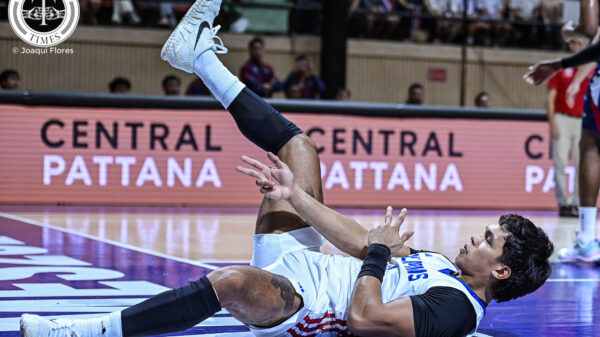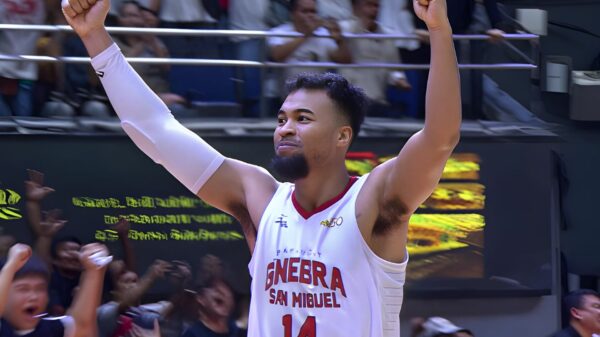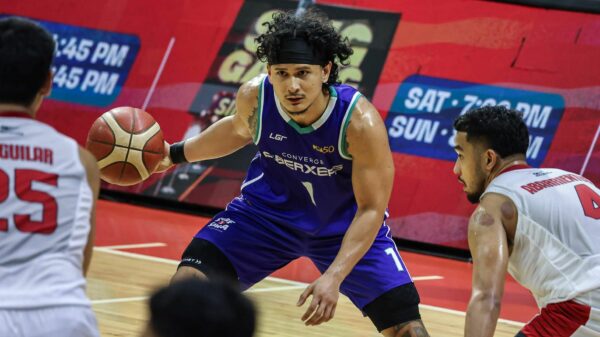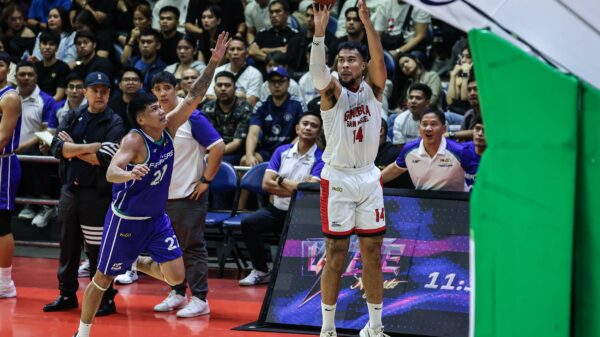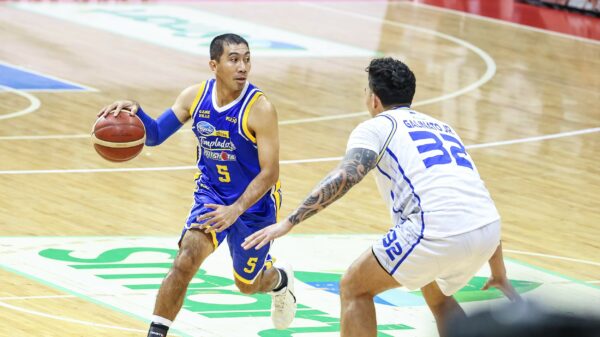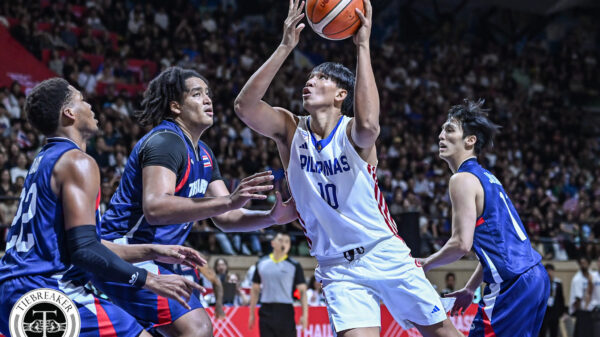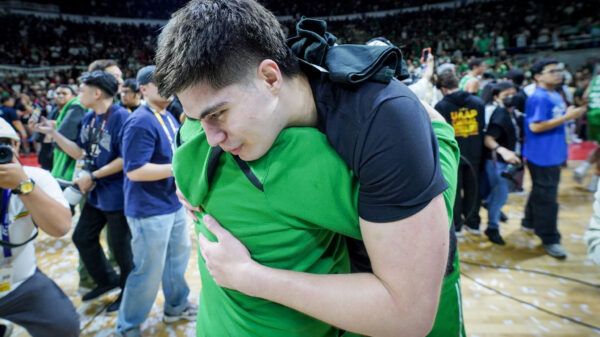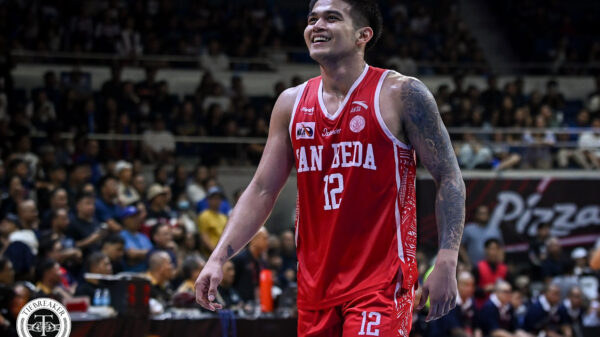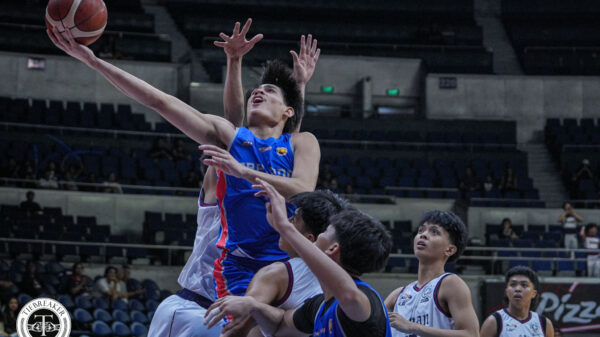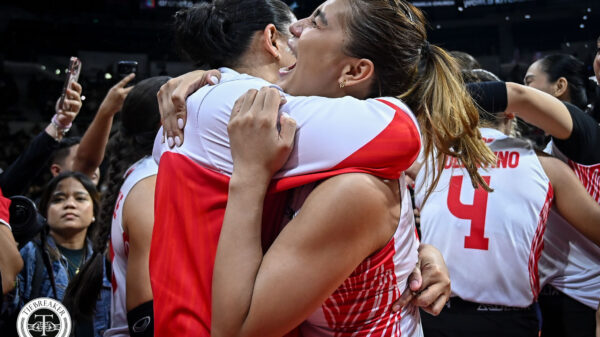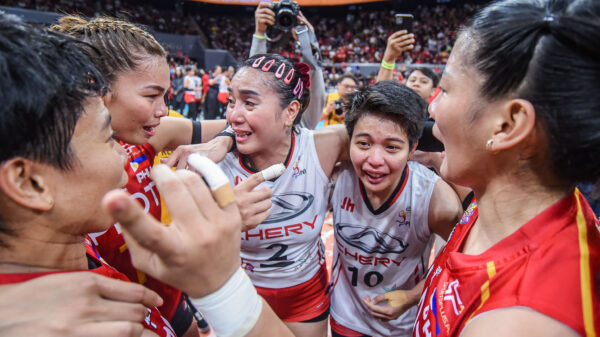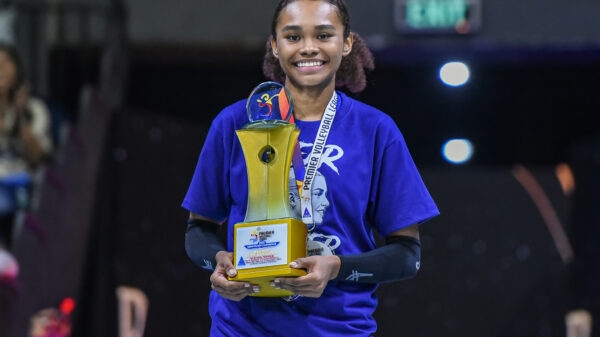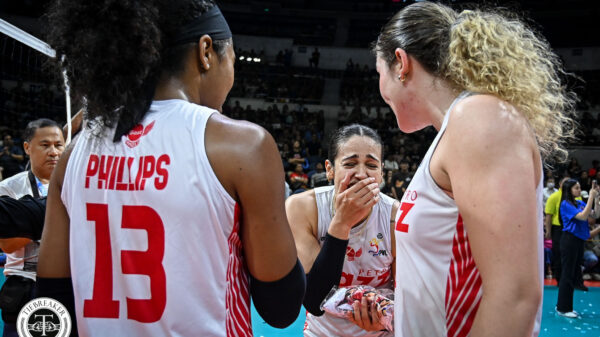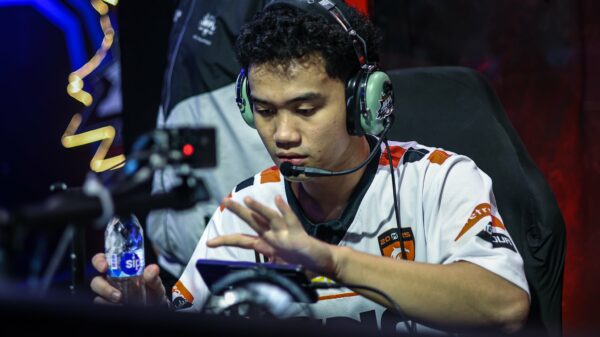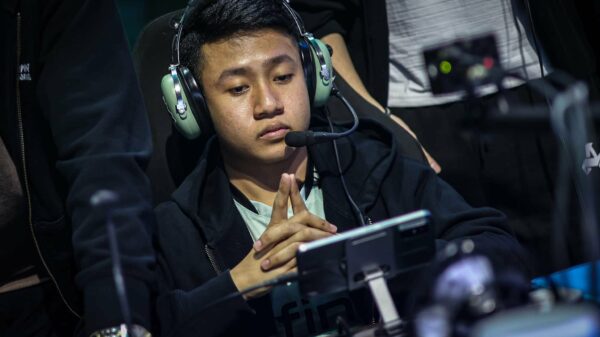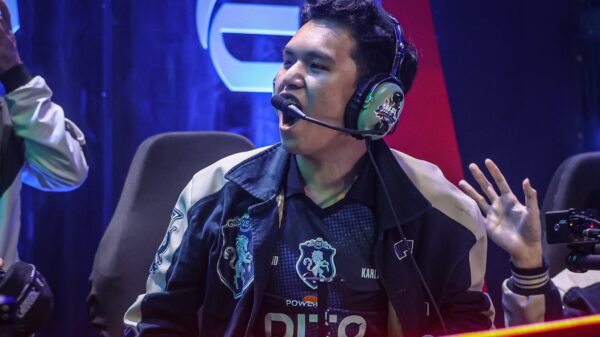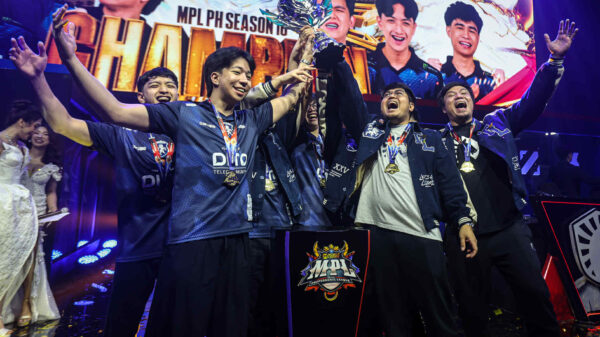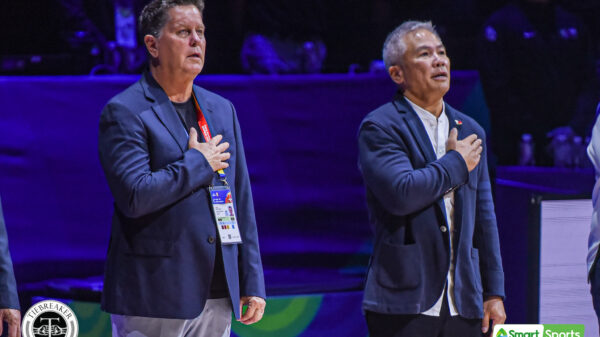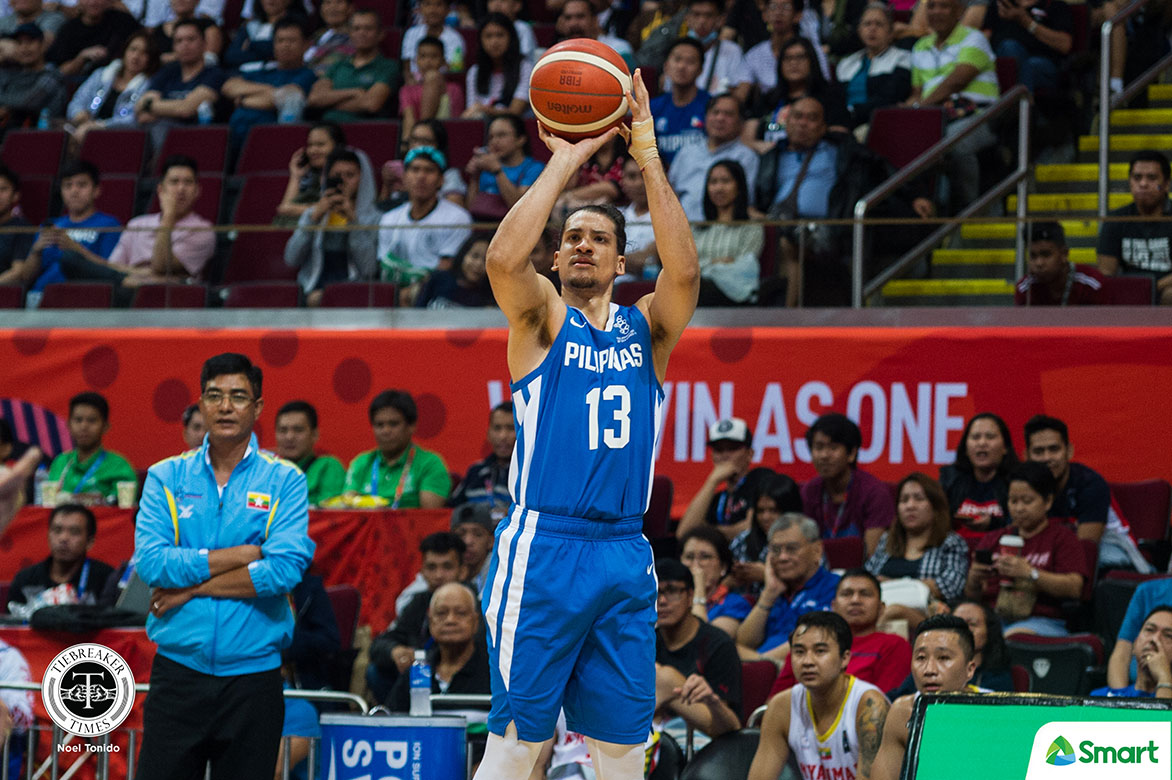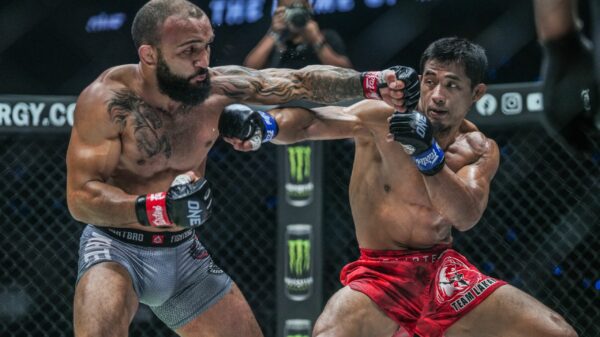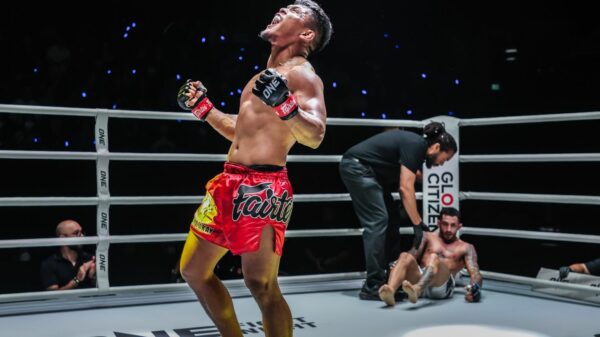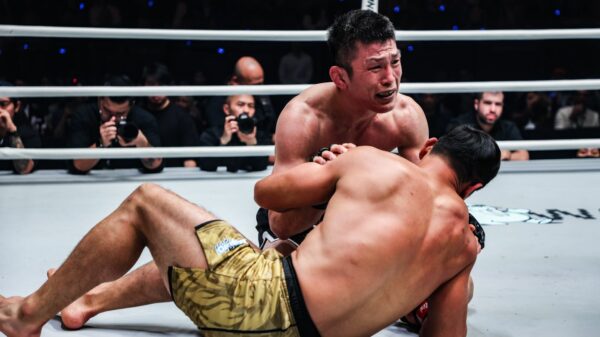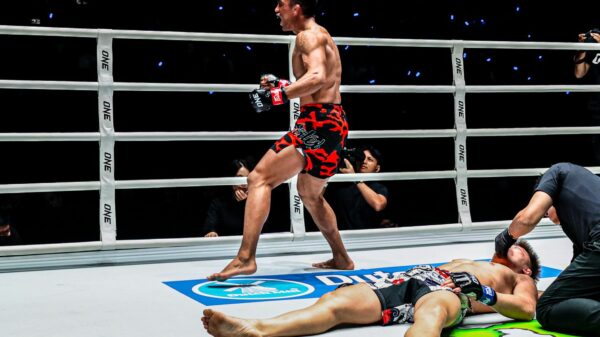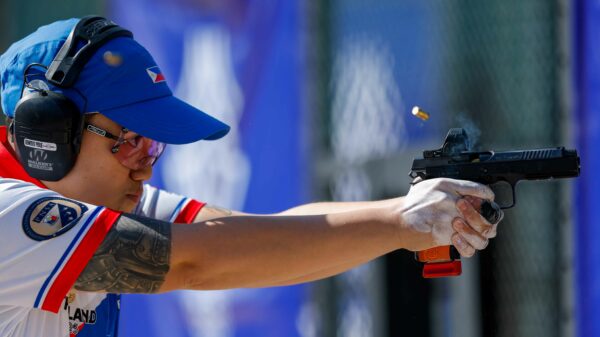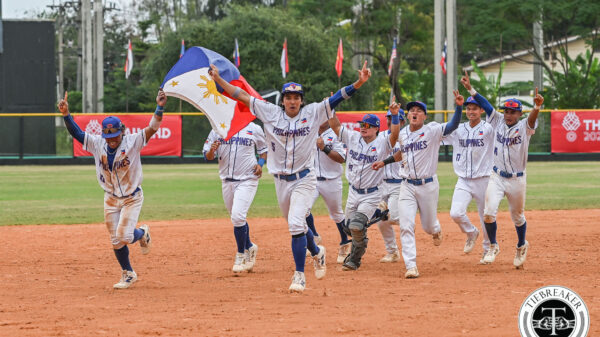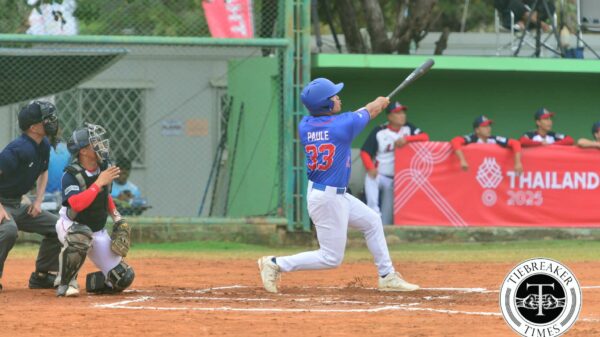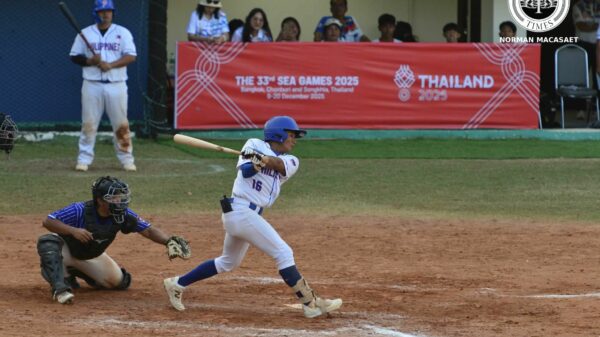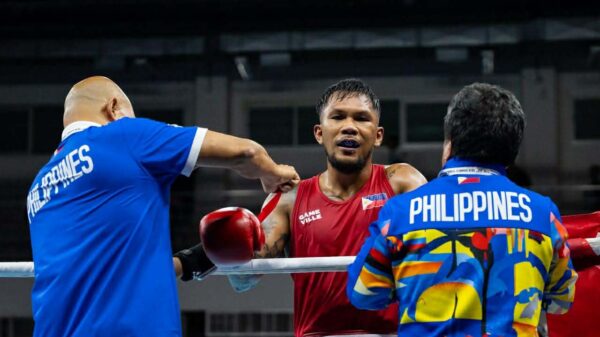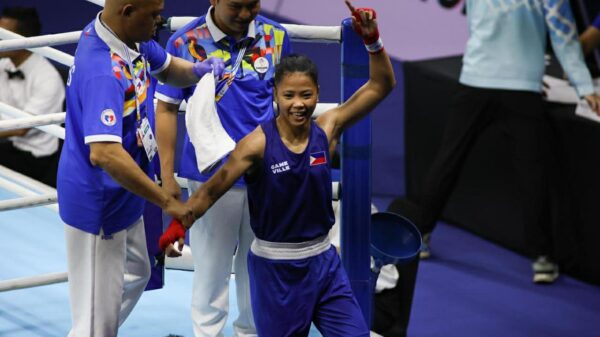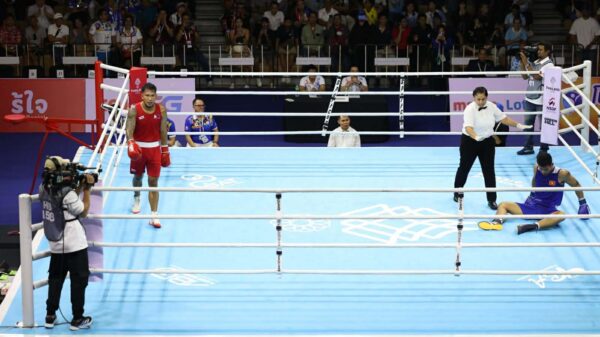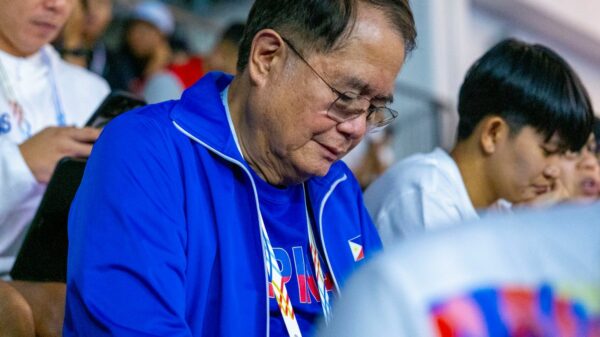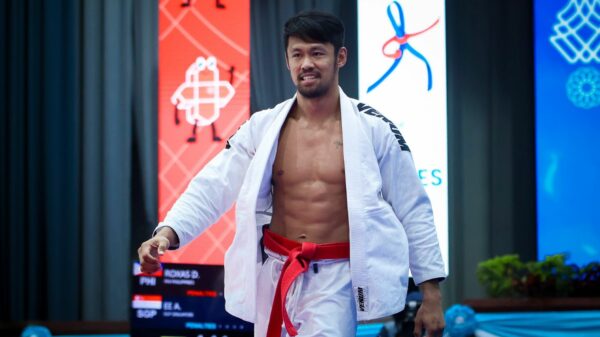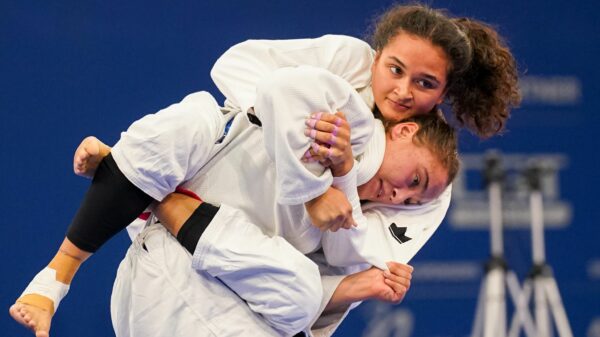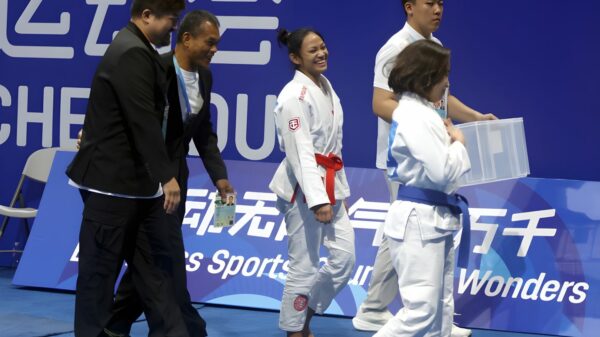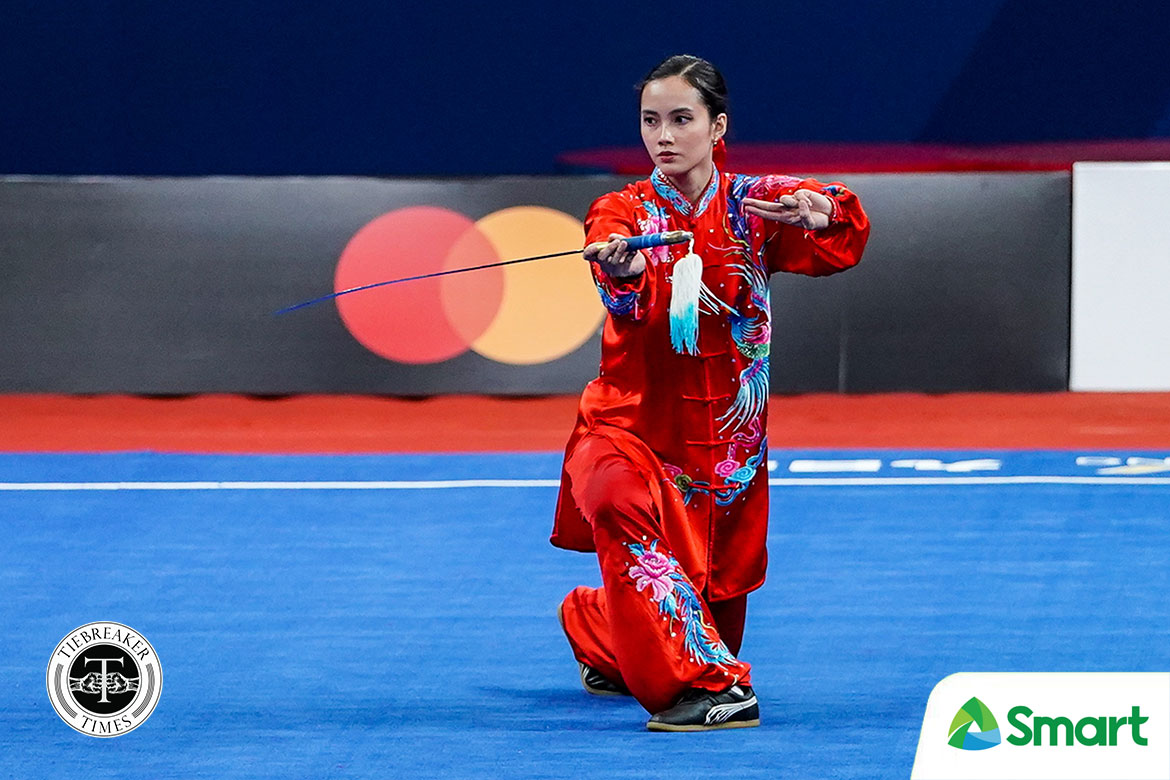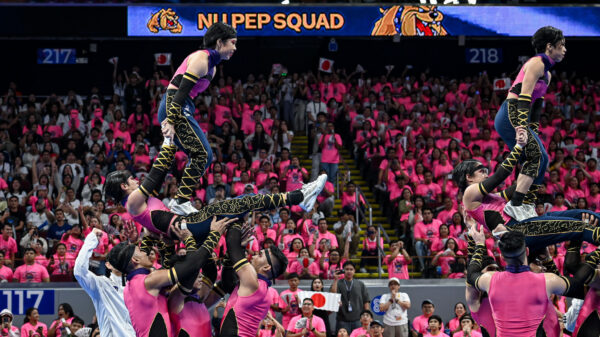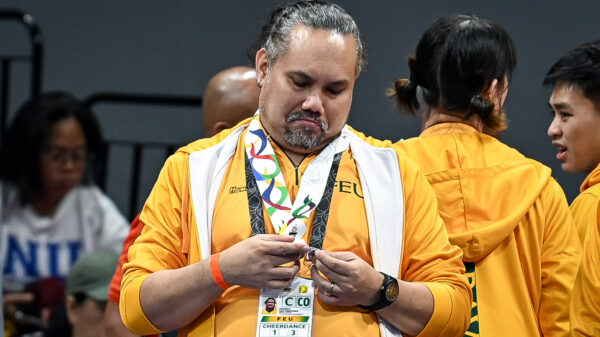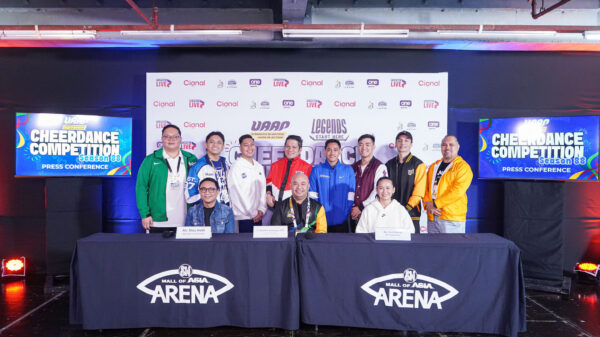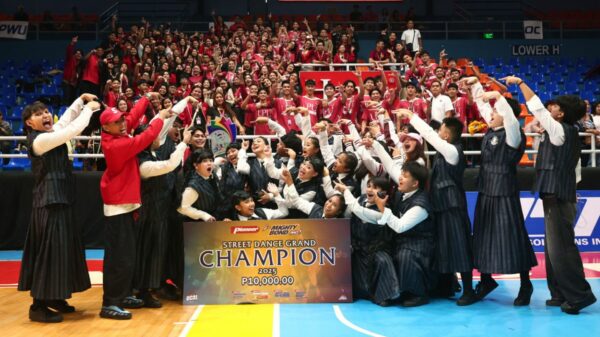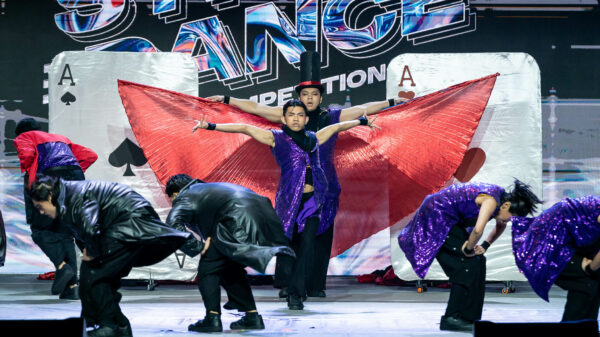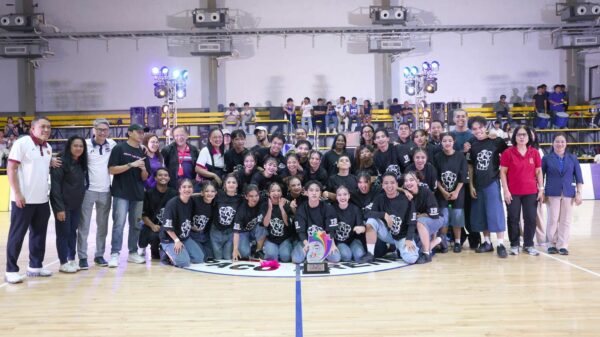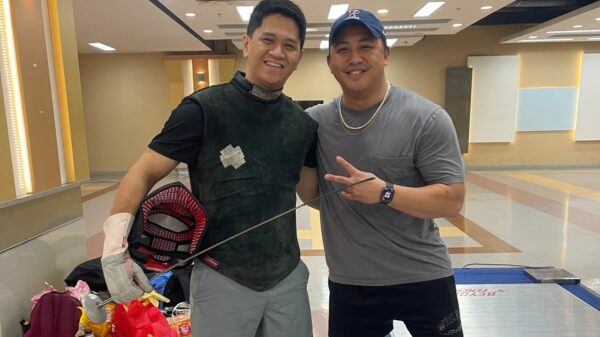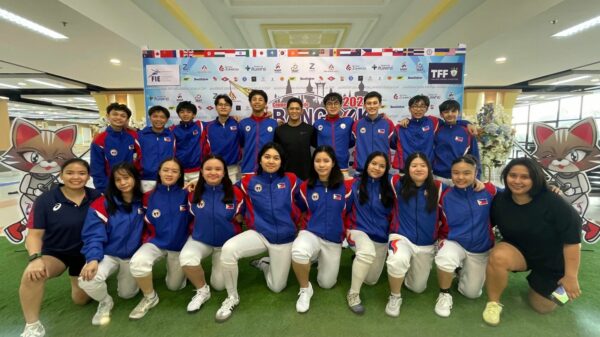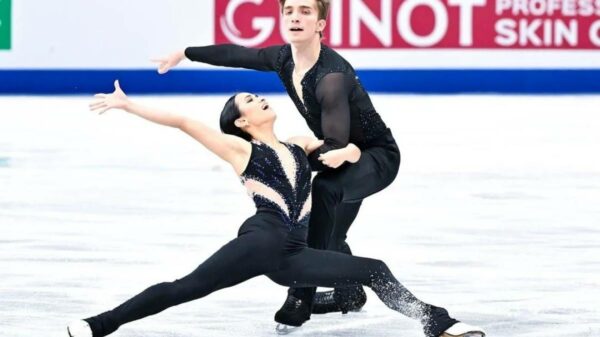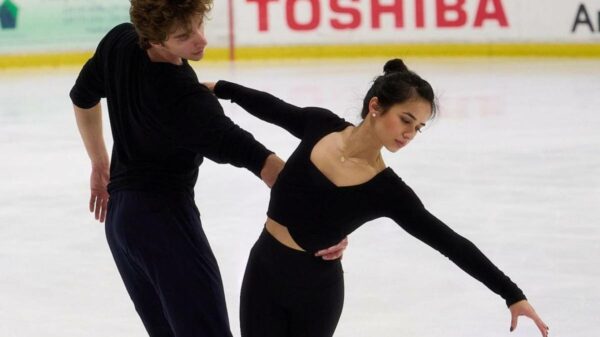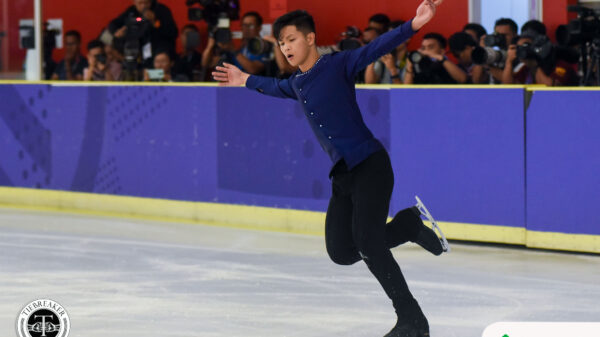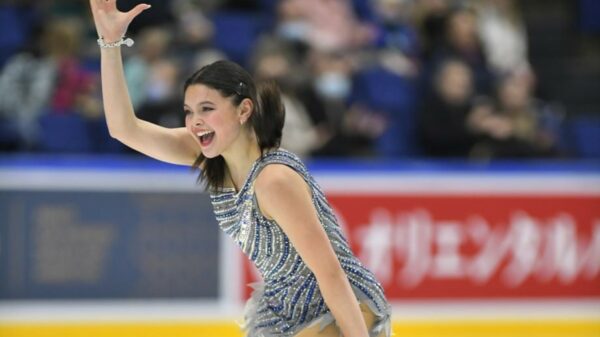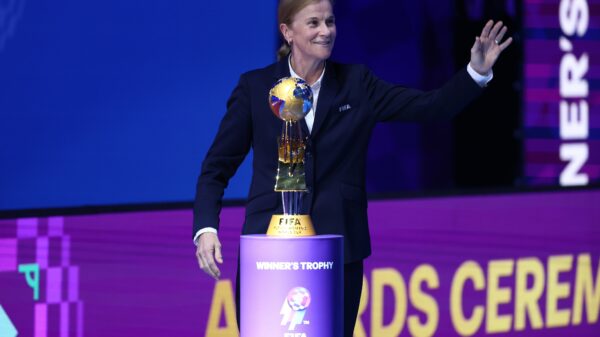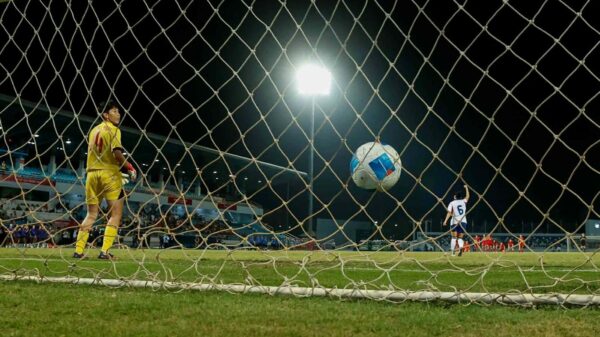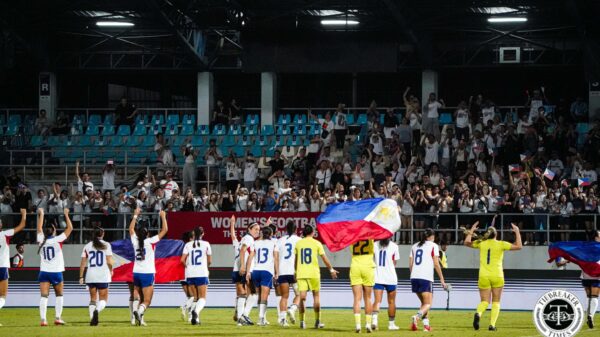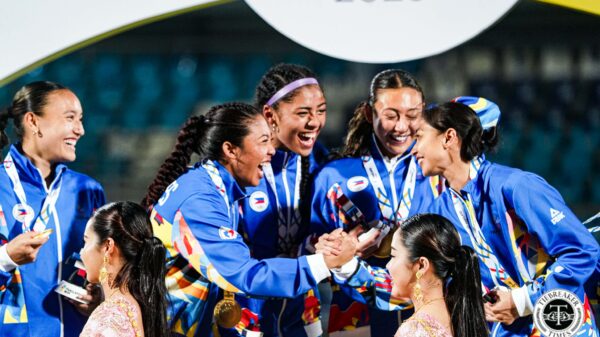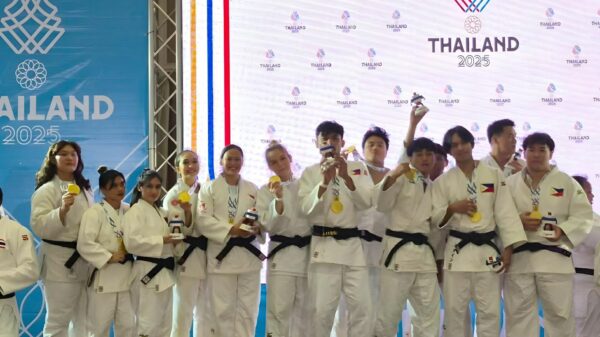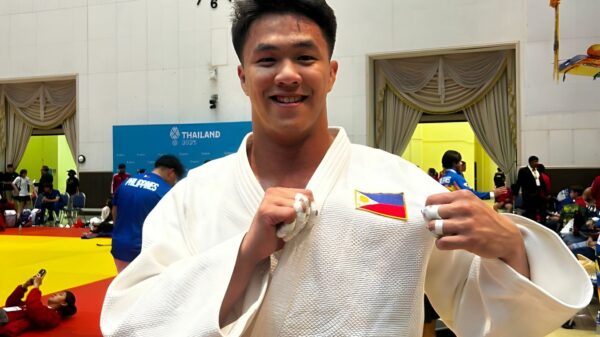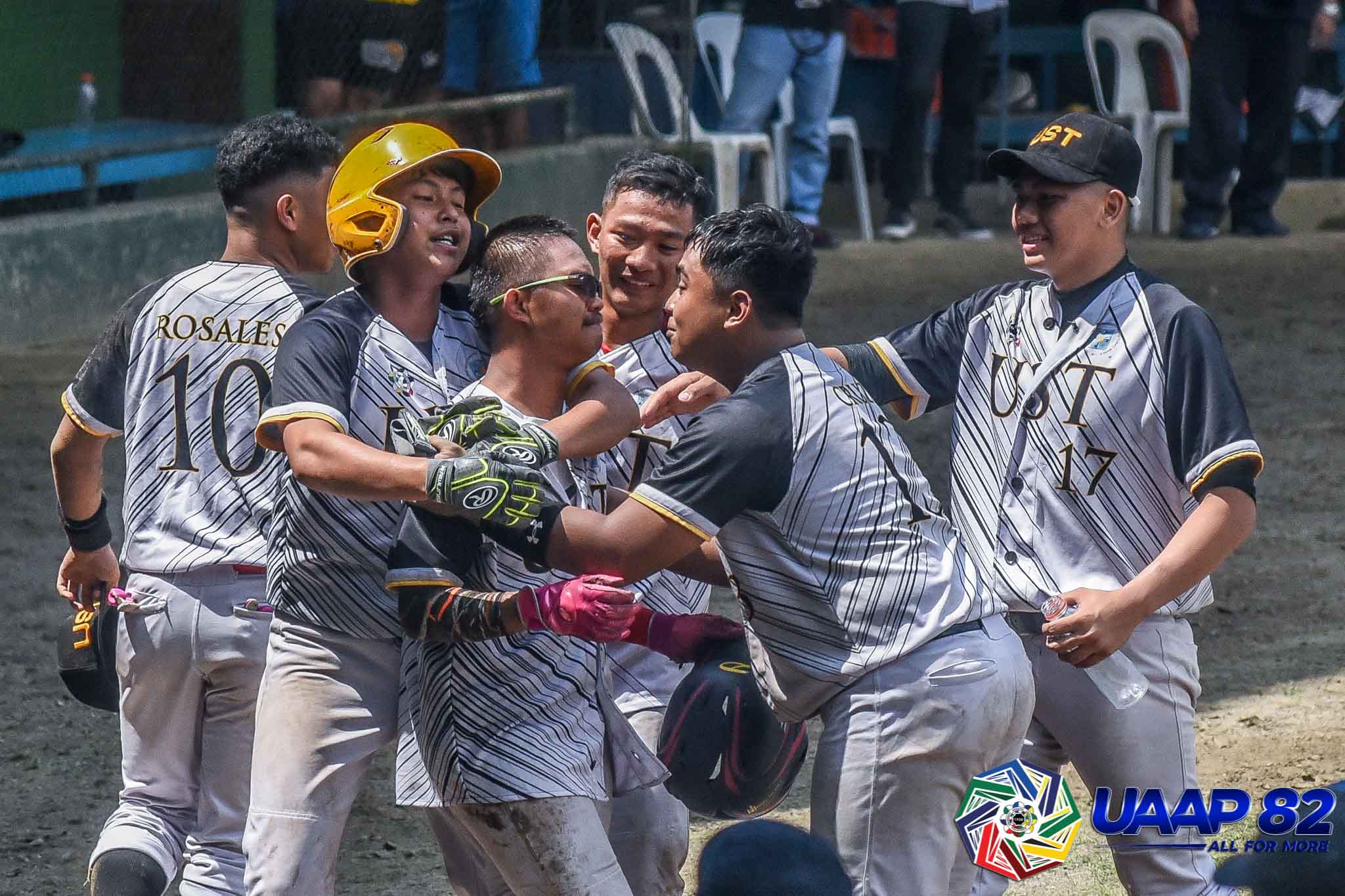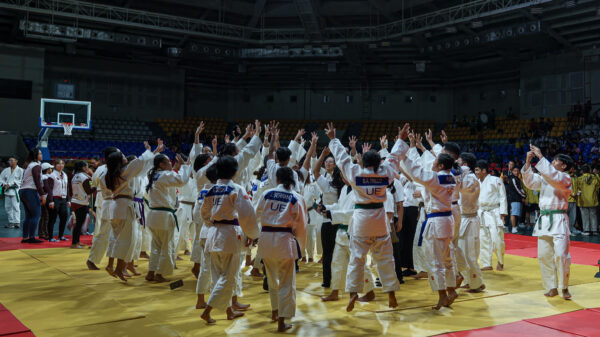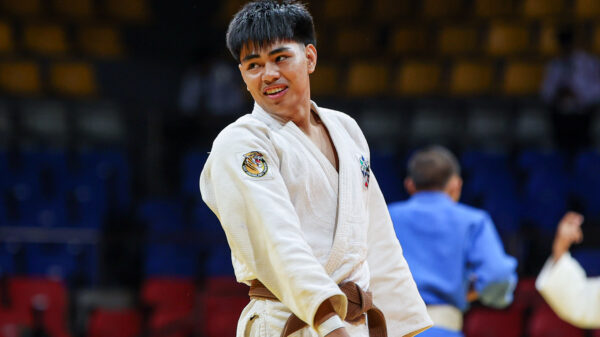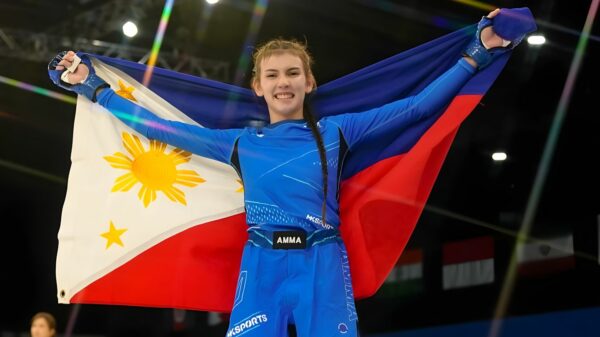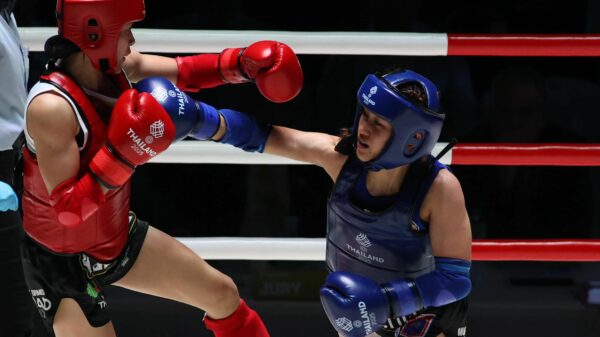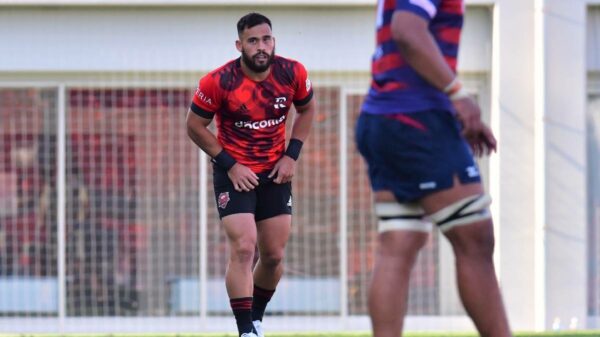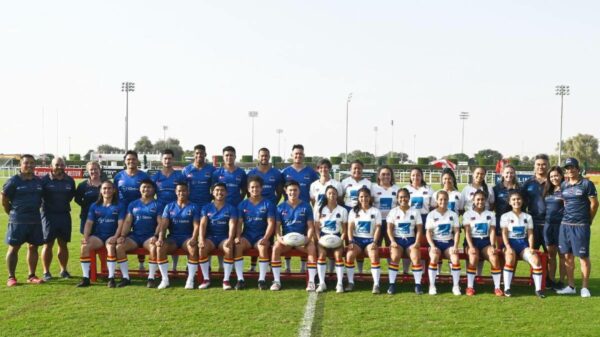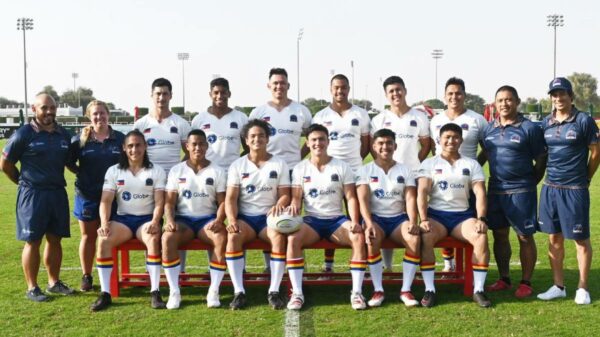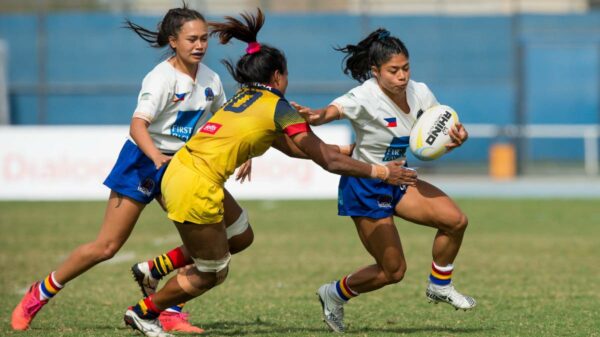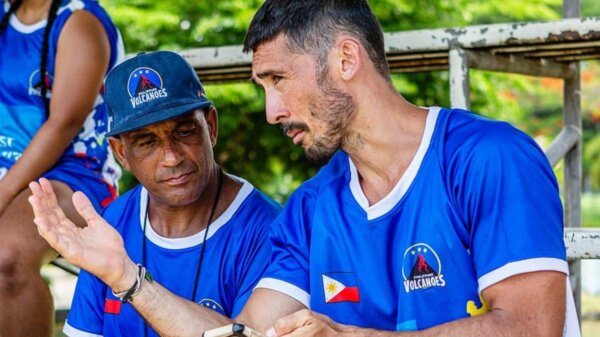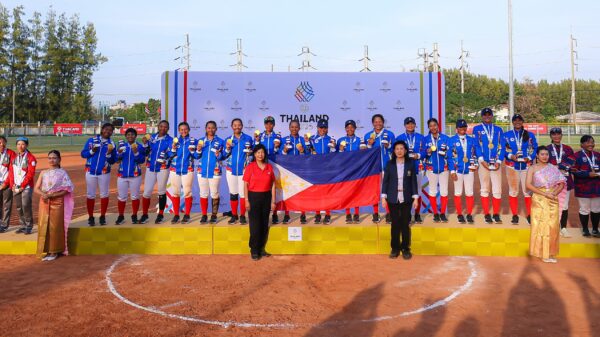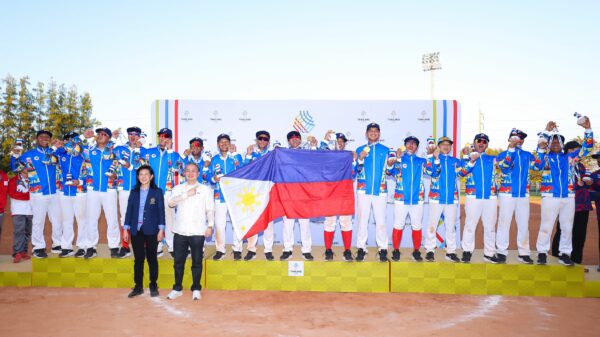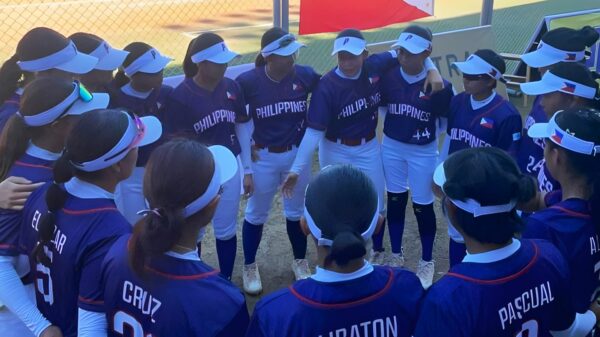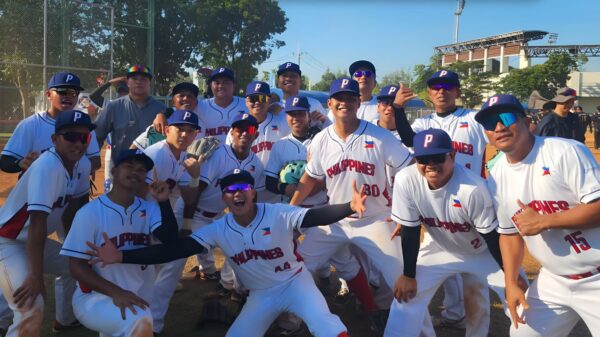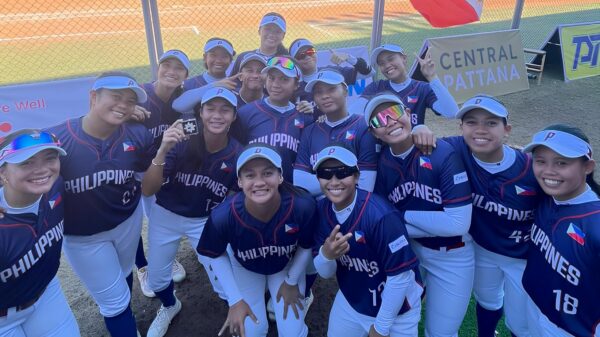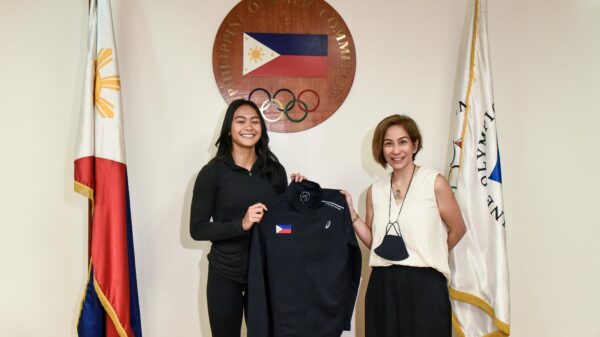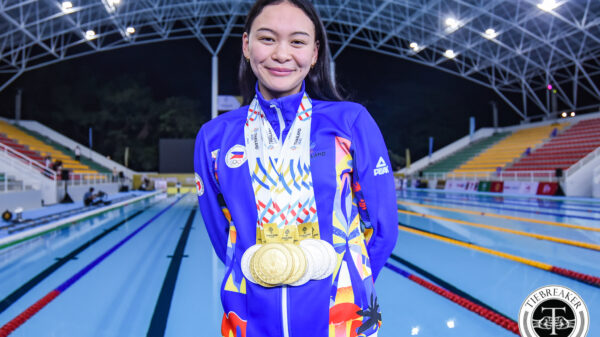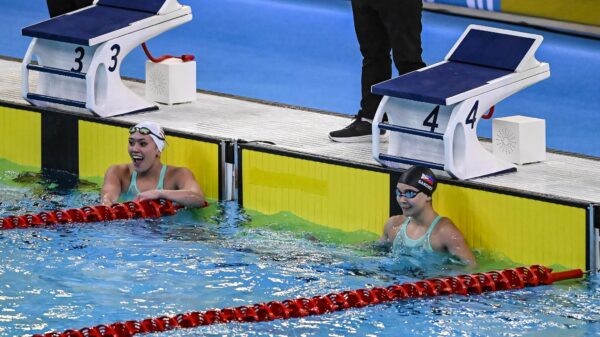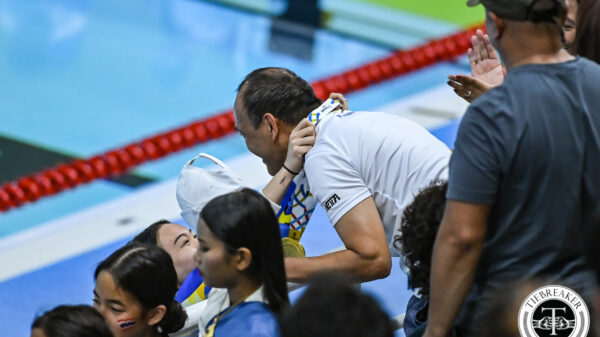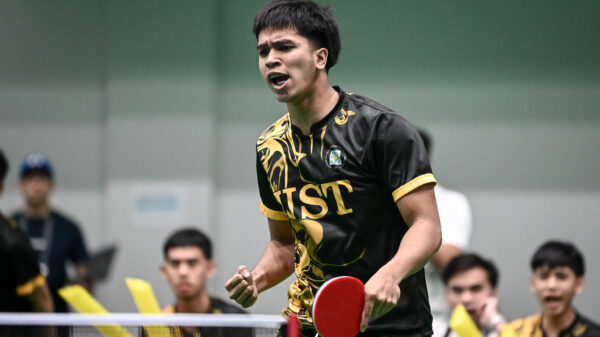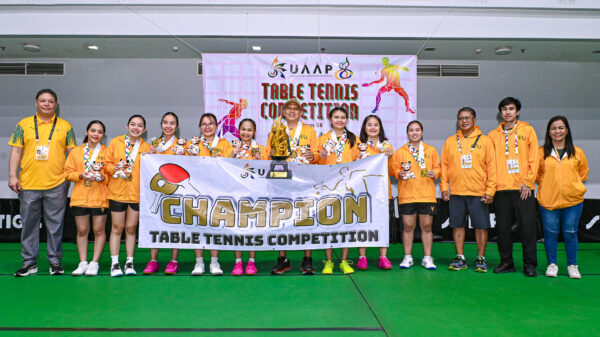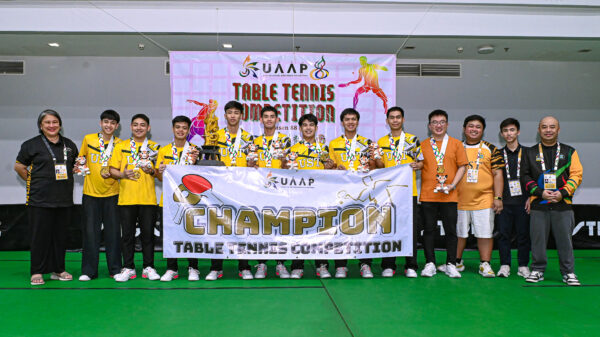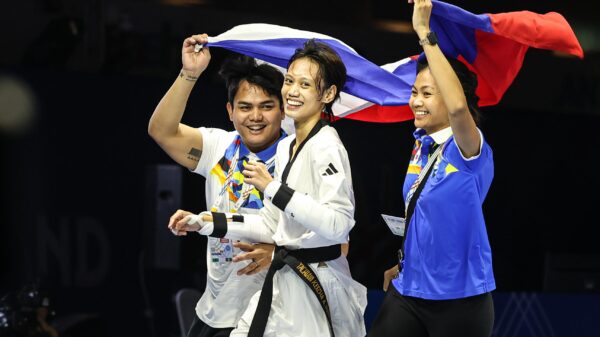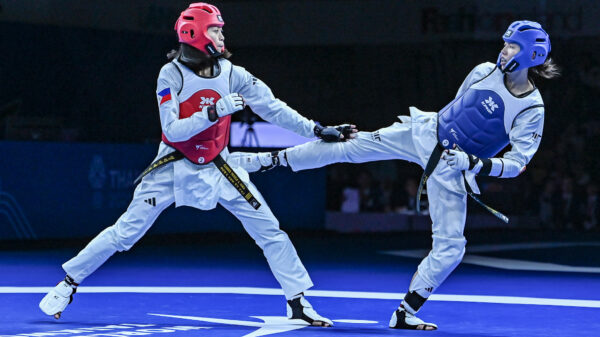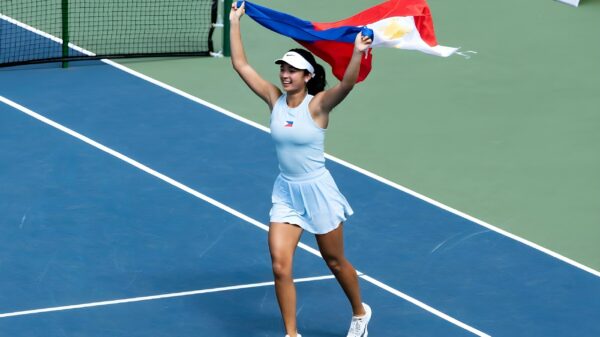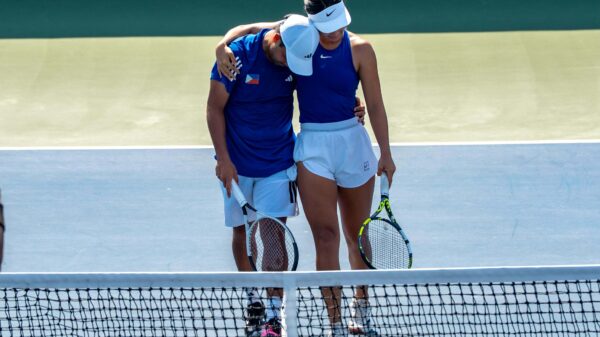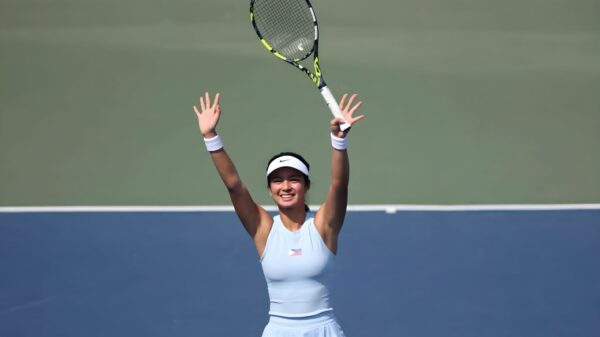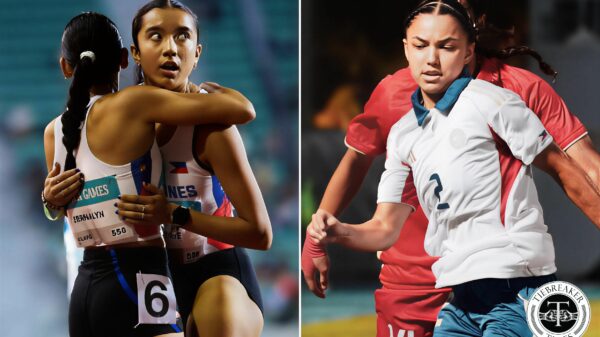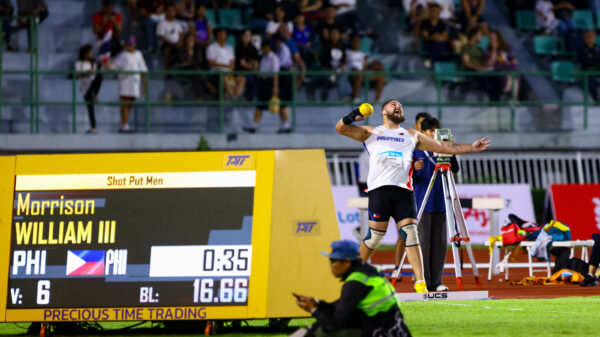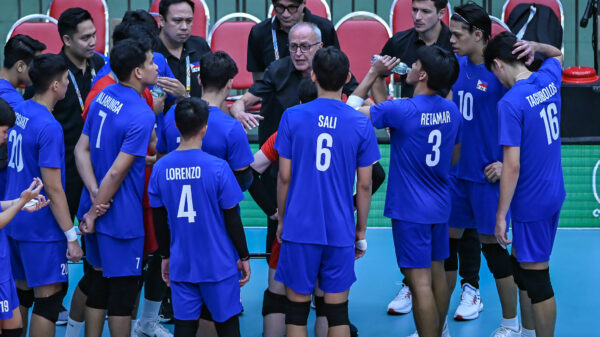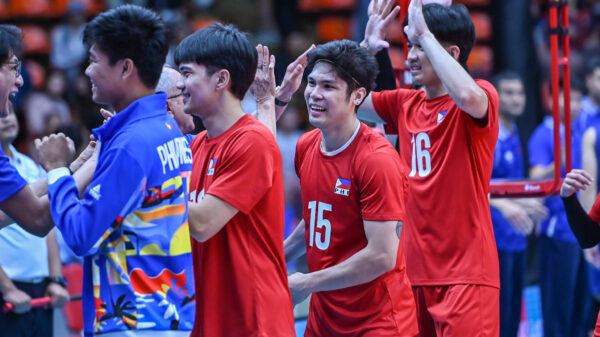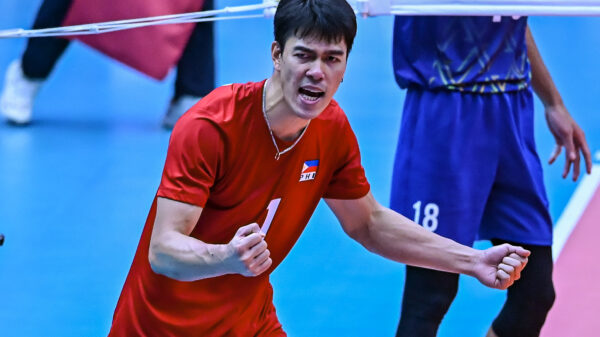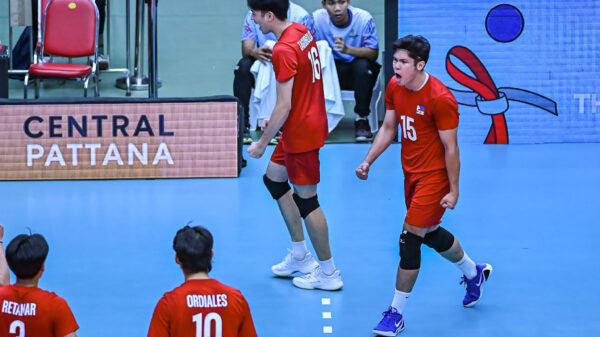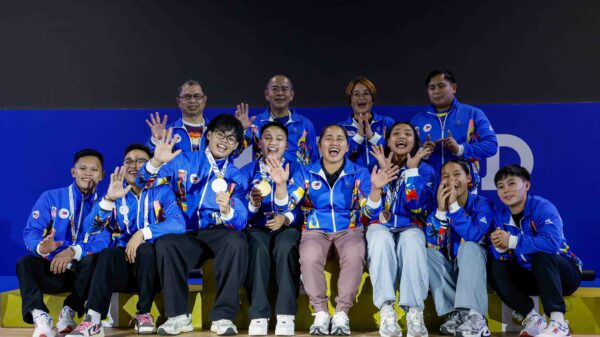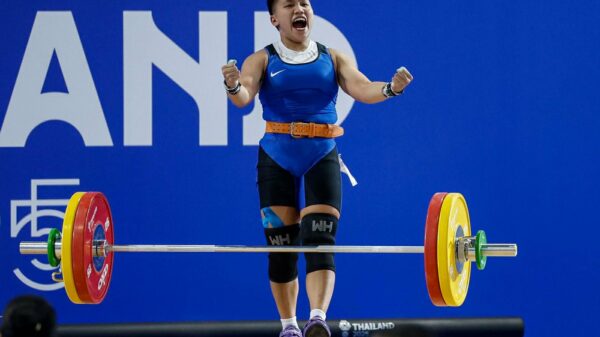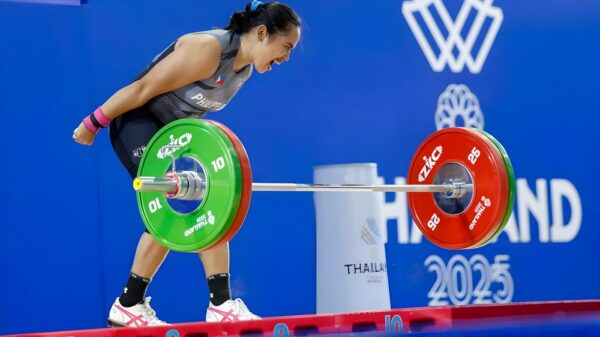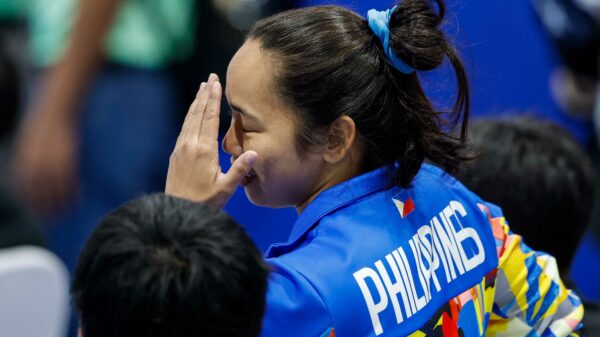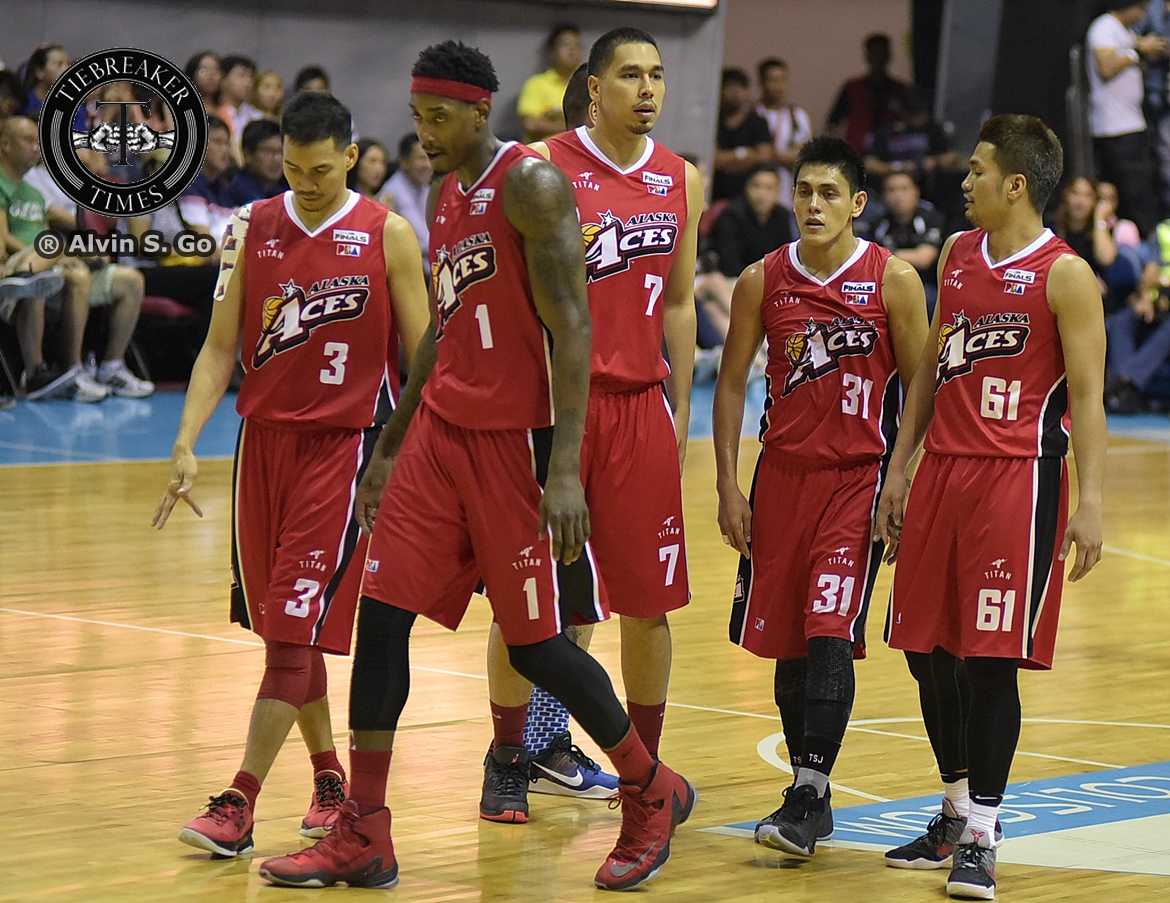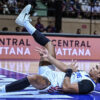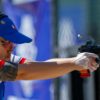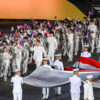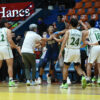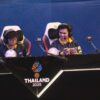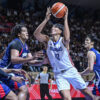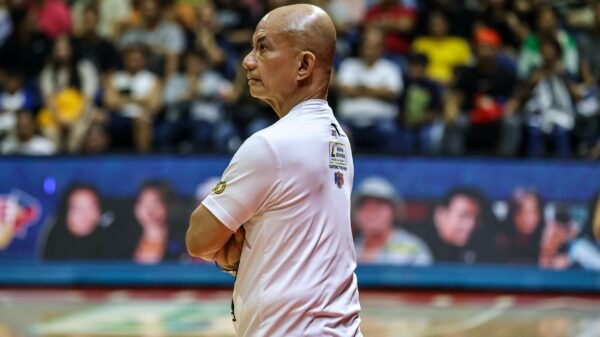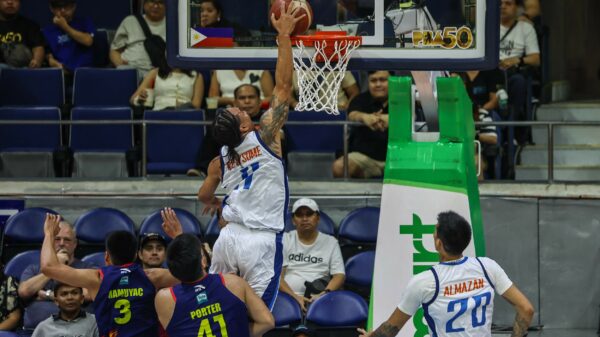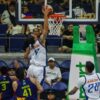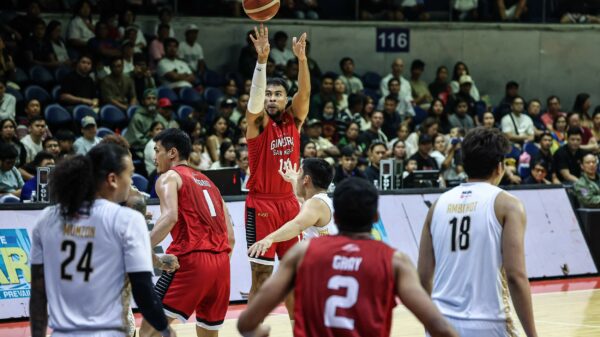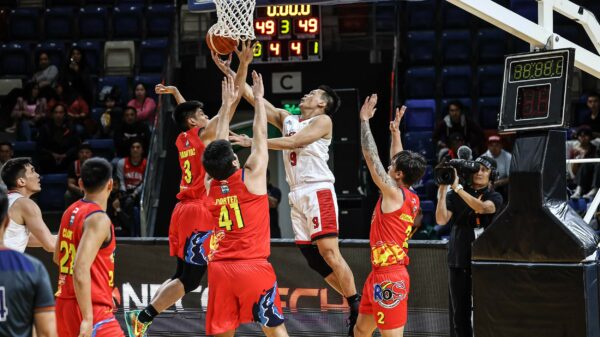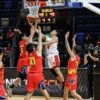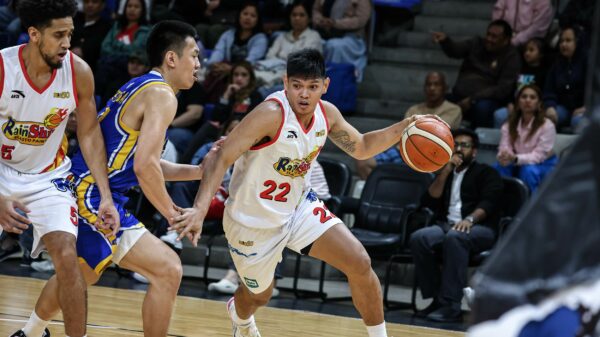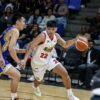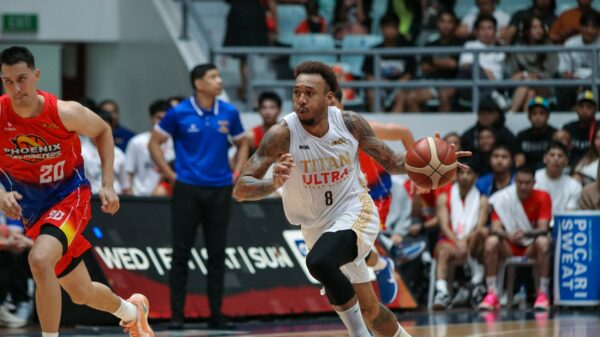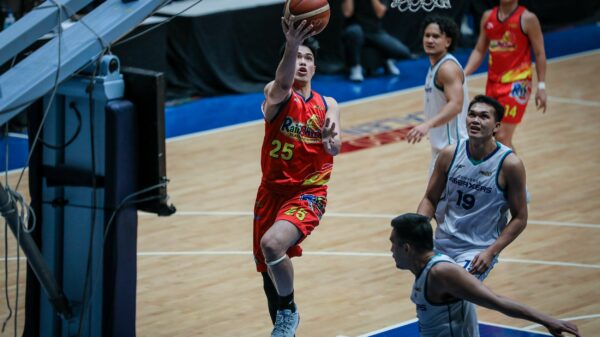Injuries are never a blessing for Alaska head coach Alex Compton. The Aces had already lost JVee Casio in the elimination round and Vic Manuel in the quarter-finals, both to injuries. Now, as if those absences weren’t enough to handicap the Aces in the 2016 PBA Commissioner’s Cup Finals, the team have lost Ping Exciminiano and Eric Menk to minor injuries, further depleting the squad.
And yet Compton was able to devise something – out of necessity – to keep the Aces competitive in the finals series. After falling into a deep 0-3 hole in the conference finals, Compton tweaked his starting roster for Game 4 and put rookie Kevin Racal in the line-up.

Rookie Kevin Racal started Game 4 and 5 for the Aces (PBA Images)
Racal had been a DNP-CD for three consecutive finals games prior to Game 4, but his addition to the Alaska rotation proved a life-saver for the Aces. Racal’s height and size were vital to containing the backcourt players of Rain or Shine, as Compton assigned him to defend ball handlers. Racal went on to average 27.3 minutes in Game 4 and Game 5.
“Kevin was well-taught as a defender. He is solid. We felt his mental toughness, his midnset, his ability to defend, the real truth to everything, we discuss it to the coaching staff, after discussion we thought Kevin was a starter. Good heart from that kid,” said Compton after Game 4 last Friday. “The kid is tough. That’s the reason we drafted him. He played great.”
The Aces also went smaller in Games 4 and 5 compared to the first three games. With the Aces’ rotation at the four and five spots already thinned out with the absences of Menk and Manuel, Compton had to improvise, and he went small by putting Calvin Abueva at the power forward position. Abueva was joined by just one big (Nonoy Baclao/Rob Dozier/Sonny Thoss) and another wing man (Kevin Racal/Tony Dela Cruz/Rome Dela Rosa) to form a smaller yet quicker frontcourt rotation.

Reigning Best Player of the Conference Calvin Abueva has been a threat at either the SF or PF position
“Calvin is really a four which we converted to the wing. He did a good job on it, it was necessitated by injury. It is never a blessing to get injured, but you just have to adjust and find ways,” Compton shared.
The Aces outscored the Elasto Painters in Game 4 by 15 points in the 30 minutes Abueva played the four spot, and went on to win the game, 111-99. Abueva used his quickness to beat the Painters’ traditional bigs on offense, going into drives and being aggressive in getting to the rim to generate offense. Abueva drawing the defense also meant no one from the Elasto Painters will be able to keep Rob Dozier or the Aces’ good rebounding guards away from the offensive glass. In Games 4 and 5 combined, the Aces had 10 more second chance points than the Elasto Painters.
“There are just some obvious things Calvin causes some problems at the four. His quickness, his explosiveness, his strength. He is just so solid,” Compton added.
But the Aces’ small ball line-up was not flawless. Rain or Shine head coach Yeng Guiao recognized what Alaska wanted to do, and made the necessary adjustments in Game 5.
“The key thing with Alaska going small is they wanted to keep up with our guards, the speed of our guards, minimized the mismatches with the speed factor,” said Guiao after Game 4.

Coach Yeng Guiao made the necessary adjustments in Game 5 but still fell short
“But doing that, they also have to sacrifice some size. It is up to us take advantage of that size advantage. Yun ang sinasabi kong adjustment, given we’ve seen what their intention is. We are not supposed to make that mistake again. Kung dalawang beses naming gagawin yun, kasalanan na namin yun.”
The Elasto Painters countered the small ball tactic by running a ton of pick-and-rolls in Game 5, involving Racal or whoever was the wing man defending the team’s ball handler. The Aces trapped these pick-and-rolls, which often left a smaller defender on Rain or Shine’s roll man. The likes of Beau Belga and JR Quinahan all took advantage of the mismatches and attacked their smaller defenders off the switch in the post. In Game 5, the Elasto Painters had a 42-32 edge in points in the paint.
The Aces’ small ball line-up was a minus-2 in 32 minutes in Game 5. It was not until the fourth quarter that the Aces’ unit, with Abueva at the fore, outscored their opponents by nine points.
Unfortunately for the Elasto Painters, they only shot 6-for-30 from the outside. It could have been a different story had they made their three-point shots, given that Alaska’s defense collapsed plenty of times in pick-and-roll situations, giving Rain or Shine more open looks from beyond the arc.
Another unusual trend in Game 5 was a slower pace for both squads. It was a bit surprising to see both squads play the same pace, given tat the first four games have been all high-scoring. Neither team had planned on slowing the pace but because of the high-level defense on both ends, it took the Aces and Elasto Painters longer before taking shot attempts. The more you stop your opponents’ initial plans on offense, the more they reset and the more time gets spent in the shot clock.

Rain or Shine played at a slower pace in Game 5
For Guiao, it isn’t clear though who gets the edge in a slower-paced game.
“We were not running our usual fast-paced game,” Guiao said. “That is always going to happen in a series. May high-scoring, may low-scoring. Ang ano ko dito, even if it was a low-scoring ball game, we had a chance to win it. We had a good lead but biglang nagka-run lang sila.”
After scoring 105, 105, 112, and 99 in Games 1 to 4, Rain or Shine was limited to just 78 points. On the positive end, the Elasto Painters did not give away running opportunities for the Aces. Both teams only had two fastbreak points, as the deliberate pace allowed them to set up their defense more often off missed baskets.
“Hindi ako naniniwala na kapag low-scoring, Alaska mananalo, or high-scoring ito, Rain or Shine mananalo. It can go both ways. It’s not a factor. Both teams can play fast-paced and deliberate basketball,” Guiao added.
Given these trends, how Game 6 could pan out is compelling. It is unpredictable. But what’s certain is that both sides will put premium on making adjustments, and it will be an exciting chess match to witness from a basketball fan’s perspective.
Now all we can do is wait.

